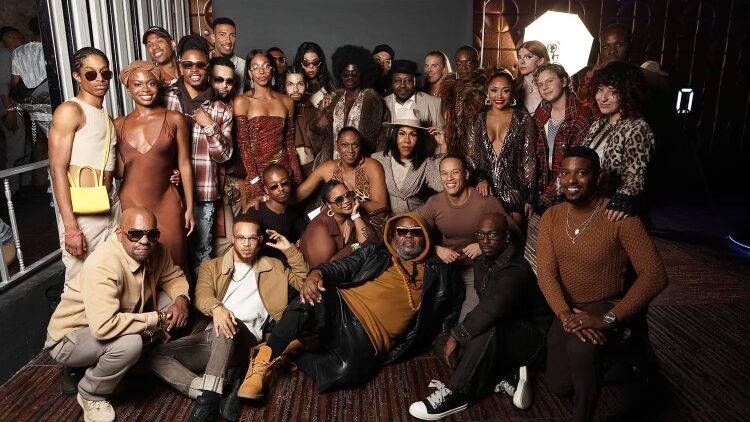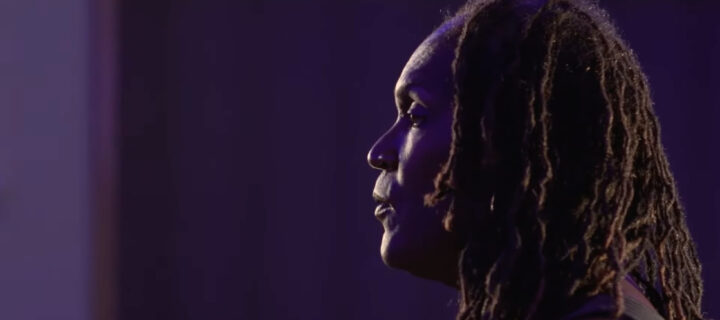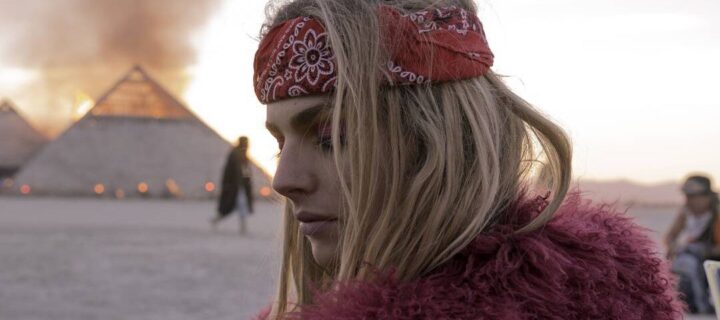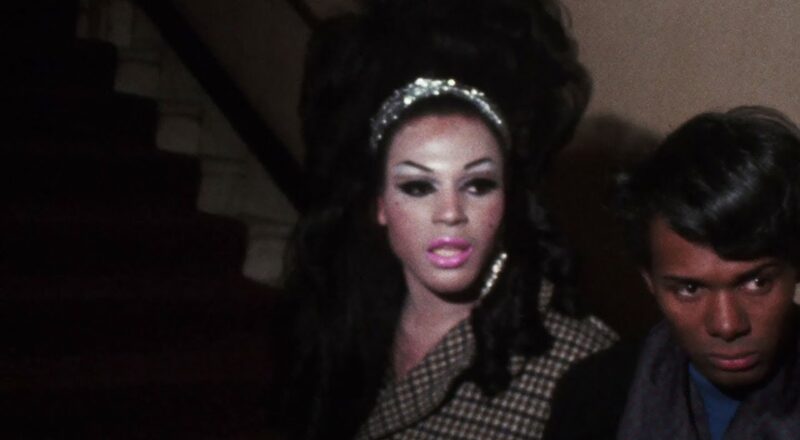
The Life of Crystal LaBeija
After the TV show Pose became a hit, people’s curiosity about the Ball Culture multiplied tenfold. The Ball Culture, also referred to as The Ballroom Scene is New York City’s underground shindig in the 90s and 2000s. The attendees were African-American and Latino drag queens who weren’t recognized in drag queen circuits because of racism.
The scene usually has pageants and performances where alternative beauty and entertainment come to life. Today, we’re going to discuss the life of Crystal LaBeija, a transgender woman dubbed as The Mother of The Ball who played a big part in establishing the scene.
On this page
Crystal LaBeija before The Ballroom Scene
There isn’t much veritable information on the internet about Crystal’s childhood but she was born in the 1930s. Before she became the Mother of The Ball, she was a proud black transgender woman.
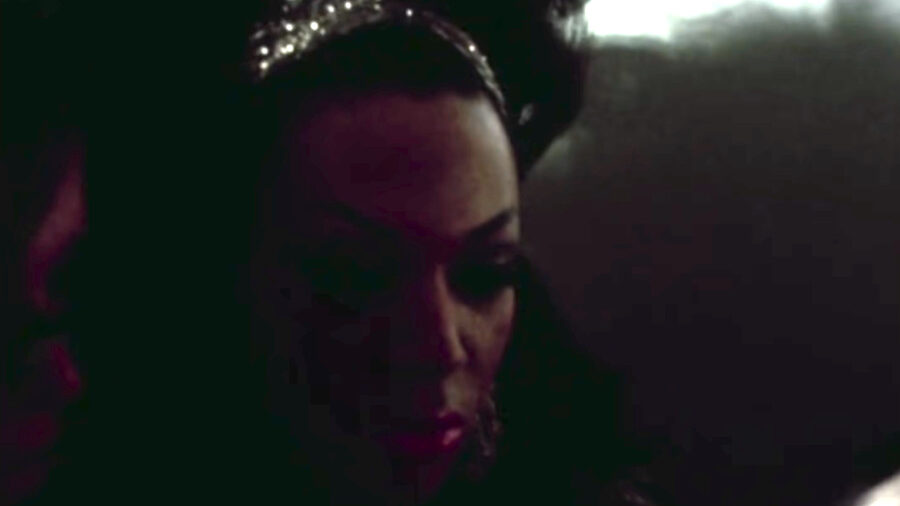
The Pageant Scene
A bonafide queen mother, she started her career as a beauty queen in the Manhattan drag circuit. Her first stage name was Crystal LaAsia. But she changed it later on to LaBeija. Many of her Latina accolades called her La Belleza (the beauty) which was instrumental in the switch.
Back in the 60s and 70s, racism and colorism were prominent which led to colored queens not getting the recognition they deserved. Many of them whitened their skin with makeup and cosmetic products just to compete to no avail.
However, albeit the discrimination in the pageant scene, Crystal was one of the few colored queens to be awarded the title “Queen of the Ball”. Many of the drag pageants before were organized by white drag queens. Subsequently, she was also able to break color barriers when she won the Miss Manhattan pageant.
1967 Miss All-America Camp Beauty Pageant Scandal
One of the most memorable moments of Crystal Labeija’s pageant experience was when she competed in the 1967 edition of the Miss All-America Camp Beauty Pageant. It took place in New York City Town Hall and was featured in the documentary The Queen.
The winner of the pageant was a white drag queen named Rachel Harlow. Unhappy with the results, Crystal was caught on camera accusing Flawless Sabrina, the event organizer, of rigging the pageant for a white queen.
Because of another outright and unjust result, she was inspired to radicalize the drag pageant circuit. Partnering up with Lottie LaBeija, another black drag queen, they hosted a ball exclusive to black queens.
The Mother of The Ball
Crystal agreed to participate in hosting the ball as long as she was highlighted. The event was the first ever to be hosted by a House and they called it
Crystal & Lottie LaBeija presents the first annual House of Labeija Ball at Up the Downstairs Case on West 115th Street & 5th Avenue in Harlem, NY.
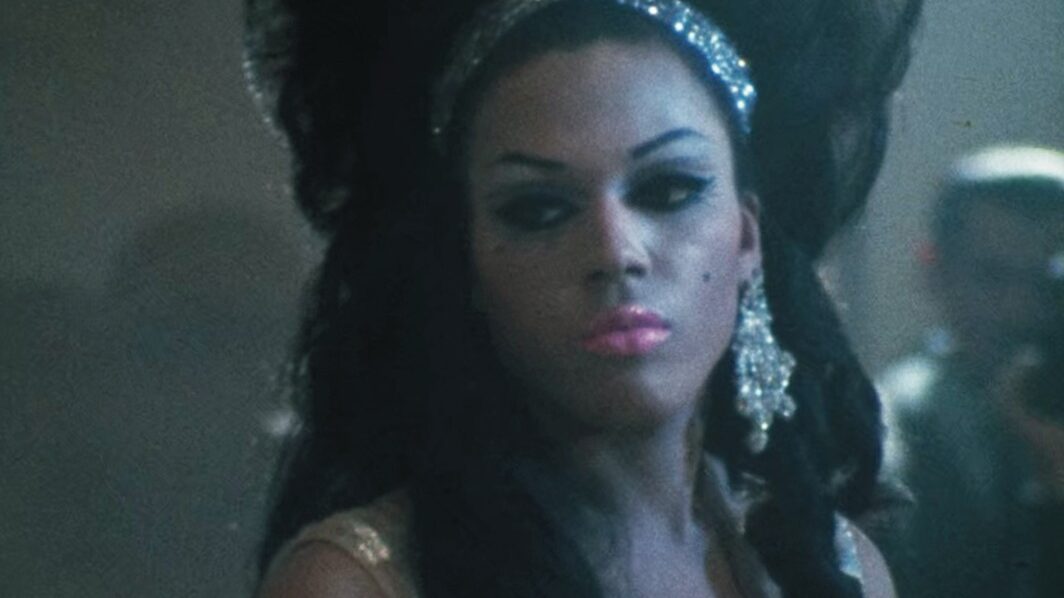
The event that took place in 1972 was not only instrumental in highlighting black drag queens, but it was also where the term House was first coined by Crystal.
House was used as a term of representation to which group of drag queens they belonged to. For example, the House of LaBeija was one of the most prominent houses back in the 70s.
Luckily for them, the event was a huge success. During a performance in 1979 in an Atlantan nightclub, RuPaul, the most popular drag queen of modern times, witnessed a drag performance for the first time. He shared that it was of Crystal LaBeija doing one of her lipsync routines.
Social Work and Activism
She was one of the most vocal personalities in regard to transgenderism and the discrimination that trans people of color face. Along with performing during the 70s and 80s, she also took part in several movements for transgender people.

Not only was she one of the faces and voices of transgender rights, her maternal nature also extended through taking care of the underprivileged LGBTQIA+ youth. She was known not only as a drag mother, but she was also known as a real mother.
She informally adopted individuals who were disowned by their families and gave them a place to stay. Even up to 2022, the Royal House of LaBeija was still thriving and even won seven trophies from the NYC Ballroom Awards Ball.
Crystal LaBeija’s Death
She died in 1982 due to liver failure which was reported by the Rolling Stone in 2019. But New York Times debunked the information and shared that she was still alive in 1993 and was seen attending a revival of The Queen at the Film Forum in New York.
There are rumors spread on the internet that she died from being given experimental hormone replacement therapy medications.
Legacy
Many documentaries and mainstream media paid homage to Crystal LaBeija. Some of the films that referenced and were created based on her life were:
- The Queen Who Reinvented Ball Culture
- The Queen (1968 Documentary)
- Paris is Burning
In the TV and film industry, she has greatly influenced the works of RuPaul’s Drag Race and Pose. Beyonce, one of the world’s most famous singers and performers shared that the inspiration for her album Renaissance was The Ball Culture.
The Royal House of LaBeija and The Ball Culture after 2020
Apart from mainstream media, Crsytal LaBeija’s legacy thrives in vivid colors through today’s ballroom culture. Many balls in the USA still take place and one of the most prominent ones is the NYC Ballroom scene. Just recently, on October 25, 2022, The Royal House of LaBeija took seven trophies from the NYC Ballroom Awards Ball.
Zero LaBeija, one of the house’s members took two grand prizes—the MF Sex Siren BQ JR and MF Models Body “Holiday Figures”. Aja and Aoki LaBeija got the Grand Prize for the Legendary Runway with European Runway Understudy award.
Meanwhile, Stephan LaBeija won the Grand Prize for the Body award. Pippi LaBeija also delighted the judges and rightfully won the Grand Prize for the Virgin Runway contest. And lastly, Frida LaBeija won the Grand Prize for the Old Way contest.
Along with winning trophies, their members Zenith, Kuresha Kurenai Vintage, and Marcus LaBeija were honorable mentions for the Best Dressed and BQ Vogue Fem awards.
